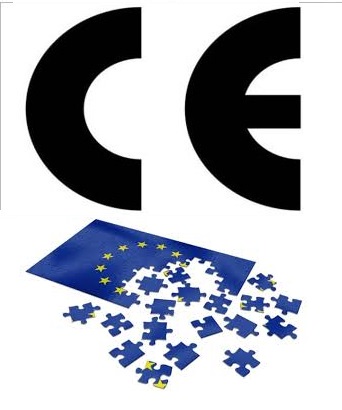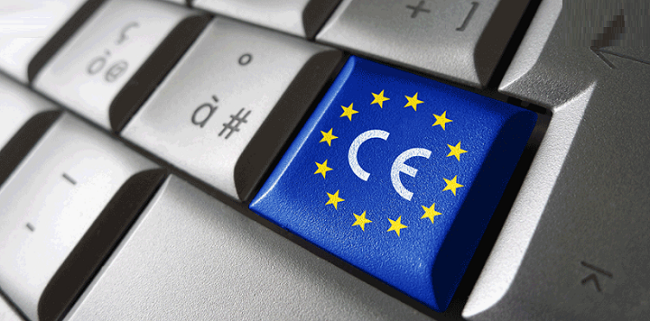
CE Marking Certification Pre-audit
CE standing for “Conformité Européenne” has a full and official name, which is CE Marking. CE Marking certification indicates that products comply with the E...
- CE standing for “Conformité Européenne” has a full and official name, which is CE Marking. CE Marking certification indicates that products comply with the European Union (EU) law and allows the products to be freely circulated in the European market. By affixing the CE mark to the product, manufacturers state, based on their responsibilities, that the product meets all legal requirements for obtaining CE Marking.
- CE Certification is also considered as “a commercial passport” for products to enter the EU market. Nowadays, many manufacturers are confiscated bad products or returned the products without CE Marking.

+ CE Marking is required for certain product groups in the European Economic Area (EEA), which includes 28 member countries of the EU plus the European Free Trade (EFTA) states: Iceland, Norway and Liechtenstein plus Switzerland and Turkey. Manufacturers of products manufactured in EEA and importers of domestically manufactured goods must ensure that the CE Marking goods conform to the standards.
+ Nations require CE Marking: the European Union (EU) – European Free Trade (EFTA) Association with 28 member countries of the EU plus EFTA states: Iceland, Norway and Liechtenstein plus Switzerland and Turkey.
+ The following manufacturing units must have CE marks when they are exported to the European countries:
|
|
CE is not required for items such as:
- The “CE Marking” mark on the product ensures free circulation and is a “Passport” that helps your products access to the entire EU market and the EFTA (European Free Trade Association) markets easily
- Affirm the safety and quality of products to consumers
- The CE mark is considered “The symbol of the product’s quality” that helps to enhance the brand name, quality, competitiveness of the products – Broaden knowledge of product development designs, the foundation of advanced technology
- Expand the export market all over the world
CE Marking on products is also strictly regulated by the European Union (EU). For different products, the regulations of marking will be also different..
Some general regulations are as follows:
- The size of “CE” mark, when it increases or declines, must remain the same - The "CE" mark is placed vertically and the size must not be less than 5mm
- The "CE" mark must be placed in a position that is not hidden by other logos
The CE marks being printed on the products means that the products are in conformity with the European requirements, and are accepted in most countries in the world. The CE certification is mandatory for goods and is considered as a commercial passport into the European market (and also into other countries outside the Europe such as the USA, Malaysia, Australia, Iran, etc). When the organization tests and assesses the products and the products are in accordance with the requirements of the CE standards, the manufacturers will receive CE certificates. At that time, the manufacturers can affix the CE marks to their products.
Preparing registration documents for the product certification that include:
- An enquiry form of certification: CE Application Form
- Organization chart of the enterprise
- Documents describing technical characteristics of products
- Manufacturing and quality control plans
- Plans to control measuring and testing tools
- Test results of typical samples of certified/appointed laboratories (if any) This information of the organization wil be ensured absolute confidentality.
The certification body will implement the certification of products after agrreeing with the establishment on the assessment and other related requirements. The process of certification consists of the following steps:
a, Consideration and determination of the conformity and adequacy of application documents of the enterprise;
b, Initial assessment of conditions for certification in the establishment (if required by the enterprise );
c, Official assessment includes:
- Assessing the conditions that ensure the manufacturing quality of the establishment;
- Taking Samples and assessing typical samples;
d, Reporting on the assessment;
e, Issuing a certificate;
f, Monitoring the certification (once 6 months)
Normally, the process of assessment is divided into 2 phases.
After the first assessment phase: The assessor will write a report on the non-conformity of products and send it to the assessed party for remedial action. The second assessment phase will be carried out after the assessed party has corrected inappropriate points.
If all corrected points meet the requirements and do not generate new inappropriate points, the assessing organization will issue a CE certificate.
